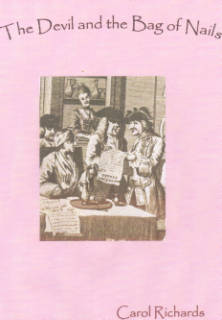In the 7th century the supply of papyrus to western Europe dried up due to the Arab incursions and upheavals all over the Middle East and it was at this time that writers, mainly monks, switched to using parchment and vellum. (The aristocracy was only illiterate in the sense that they did not read or write if they could get someone else to do it for them.) The benefit of this for us is that those books have lasted very well indeed. Our earliest books such as The Lindisfarne Gospels date from the late seventh century. The downside for historians is that no public records which are the mainstay of historical research survive from the end of the Roman Empire through to the seventh century. We know they kept written public accounts because the 6th century Frankish king Chilperic threw all his tax records on the fire but much else must have been destroyed. The later monks occasionally oblige us by copying records out onto parchment and vellum thus ensuring their survival but these are usually just records relating to their own monastery recording for example the monatery's title to its various lands and not general information that would be available from census records and tax accounts.
In art too we are deprived of a real view of this period between the end of the empire and the early middle ages proper. There are no portraits even of the kings and queens of the period, no glimpse of the great and good. This is not because they were so self-effacing as to not require to have their portraits painted but because paintings were made on wood panels in tempera (water-colour) which does not survive over the centuries. Our earliest such paintings in Europe date from the 12th century, much later in historical terms. But we know from Egyptian mummies of the late Roman period that portrait painting had reached extremely high levels of skill and realism and there can be no doubt that portraits of the great and good between 400 and 750AD did exist and were probably of very fine quality. Again our damp climate is to blame. The Egyptian mummies have survived because they were buried in sand and in very dry conditions.
The Dark Ages was not a period of great technological advancement. By and large they stuck to the technology that they had achieved in the late Roman period but the level of craftsmanship we know from the artefacts we do have was extraordinarily high. It was not a primitive age. Above all it was an age of ideas, the age when most of our own ideas began to flourish. In religion particularly there was an explosion of radical thinking which spilled over into science and politics. We may not have much left to go on but what we do have is of vital importance to our understanding of modern history.
The Dark Ages: An Age of Light begins on BBC4 at 10:00 p.m on Thursday 29 November. My book on Columbanus is published by Imprint Academic and is available from bookshops and libraries.






